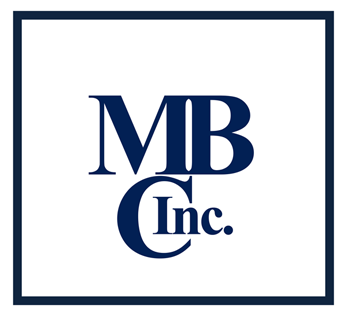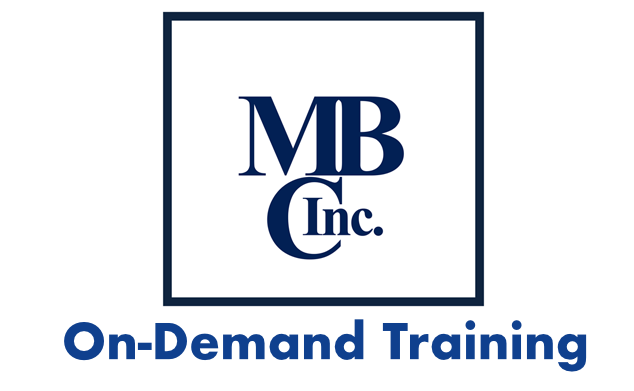Design of Experiment (DoE) – 2 days
Analysis of Variance (ANOVA) – 1 day
To Register Click – Here
Who should attend this training?
The purpose of this training is to provide those who have the responsibilities of product or process design and development (determination of technical specifications which will yield high quality) with an approach that will allow them to accomplish these tasks in a timely, cost effective manner. A statistically based, structured approach to product or process improvement will quickly yield significant increases in product quality and subsequent decreases in cost. A strategy that allows the evaluation of several causes of product or process variation is many times more useful than the traditionally used “one factor at a time” approach. Since testing and product/process development are such a significant portion of an engineer’s time, it makes sense to use one of the most effective techniques possible.
Course Content:
The two-day basic and one-day ANOVA DoE sessions are suggested for product or process experts but would be good for technical managers. The difference between the two courses is the depth of coverage of the fundamentals of DoE as shown in the first two outlines. Technically oriented hourly people would be able to comprehend the basic material successfully. The basic package covers the fundamentals required for planning, conducting, and analyzing orthogonal experiments, which are the major steps in the DoE process. Emphasis is placed on the DoE process which, if diligently followed, will yield an effectively completed experiment. An introduction to parameter design is included. A short video introduces the experimental approach and a workshop at the end of the session allows practice of the new methods. Although it would be helpful, no statistical education or background is required as only fundamental mathematical skills are necessary for this course.
The ANOVA course is recommended as an additional day for the more serious experimenter. It primarily addresses the subject of analysis of variance, which is a statistically based, objective decision-making tool. The basic course utilizes the column effects method that is more subjective in nature. Although more statistical in nature, the advanced course does not require a statistical education or background to comprehend the contents. The advanced course also includes a review of available computer software for experimental design and analysis.
Course Material “Table of Contents”:
Basic Design of Experiments
(two-day session)
I. Training Objectives
II. Design of Experiments Background
A. DOE definition
B. DOE and Taguchi history
C. DOE in the product life cycle
D. Implementation strategy
III. Design of Experiments Process
A. Flowcharts
B. Injection molding case study
C. Water pump case study
IV. Planning Phase
A. State problem(s)
B. State objective(s)
C. Determine measurement method(s)
D. Quality characteristic(s)
E. Select factors
F. Identify control and noise factors
G. Select levels of factors
H. Select orthogonal array
I. Assign factors
J. locate interactions
K. Modification of standard orthogonal arrays
L. Parameter design
V. Conducting the Experiment
A. Trial data sheets
B. Testing logistics & assignments
C. Identification of trial results
D. Sample size per trial
E. Randomization
F. Good and bad data sets
VI. Analyzing and Interpreting Results
A. Observation method
B. Column effects method
C. Plotting
D. Ranking
E. Analyzing variability
F. Factor classification
G. Attribute data
H. Interpreting experimental results
I. Confirmation experiment
VII. Experimental Workshops
A. Popcorn experiment review
B. Pendulum experiment
Design of Experiments – ANOVA
(one-day session)
I. Training Objectives
II. Design of Experiments Process Flowchart
III. Planning and Conducting Phase Review
IV. Analyzing and Interpreting Results
A. Observation method review
B. Column effects method review
C. Raw data ANOVA
1. One-way
2. Two-way
3. Multi-way with orthogonal arrays
D. Variation ANOVA
E. Attribute data ANOVA
F. Interpreting experimental results
G. Plotting
H. Prediction of mean and confidence interval
I. Confirmation experiment
V. Software Competitive Benchmarking
Materials Provided;
The course is based on materials provided by the instructor. The basic DOE course has approximately 90 pages and the ANOVA DOE course has approximately 65 pages. Each attendee is provided a copy for each of the courses.
Management Overview Availability:
This material may also be adjusted as a Management Overview.
This provides insightful information to top and mid-level managers.
Enhancing Managers Understanding of the:
1) Resource needs, (people, information, time)
2) Timing, (when is the best time to utilize DoE & ANOVA)
3) Use, (how DoE’s & ANOVA become “Value-Added”)
4) Benefits, (what is the “Return-on-Investment”)
MBC, Inc. Contact information:
For Additional Information contact:
Bill Martin
Phone – 931.637.1446
E-mail – BMartin@MBCIncorp.com

